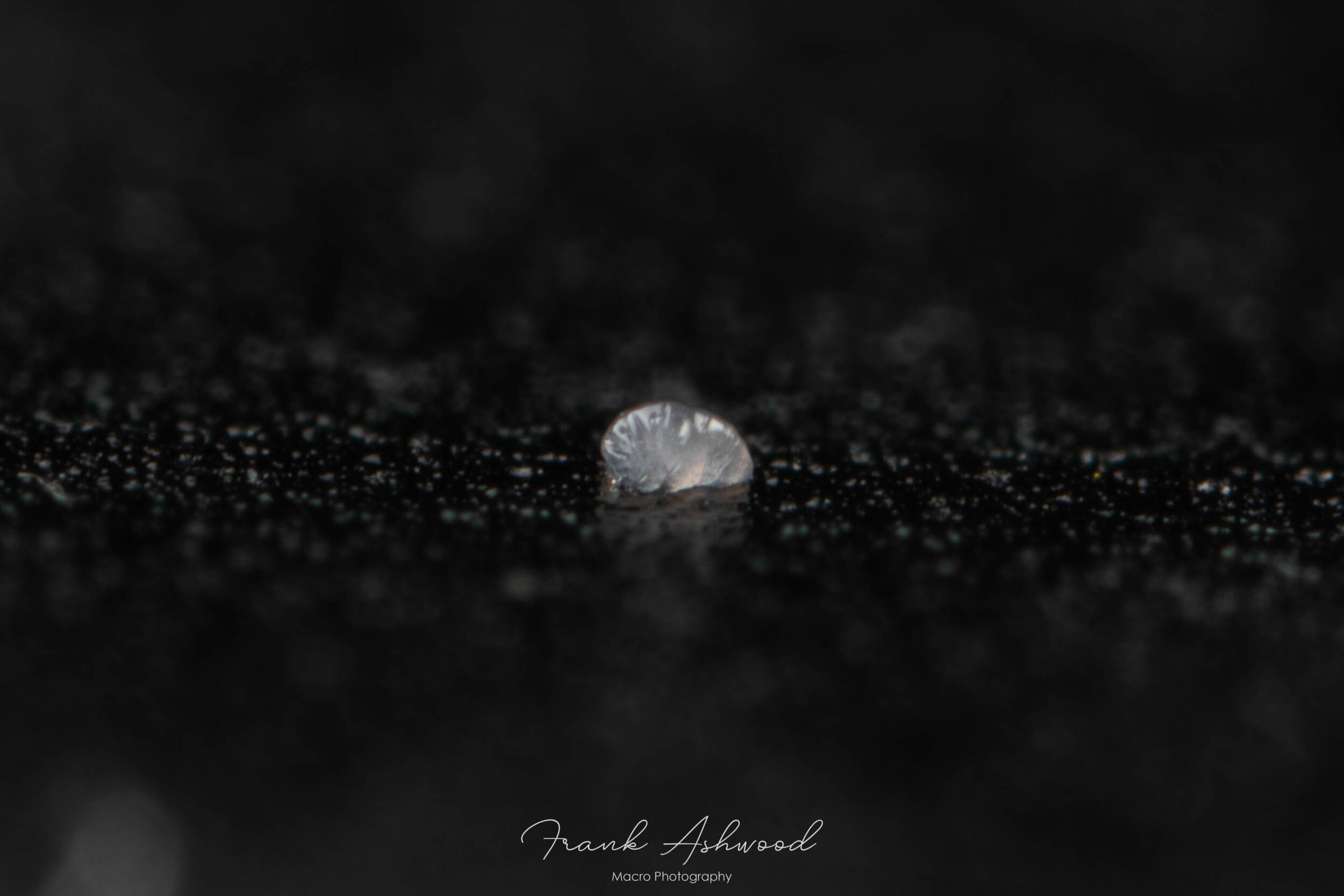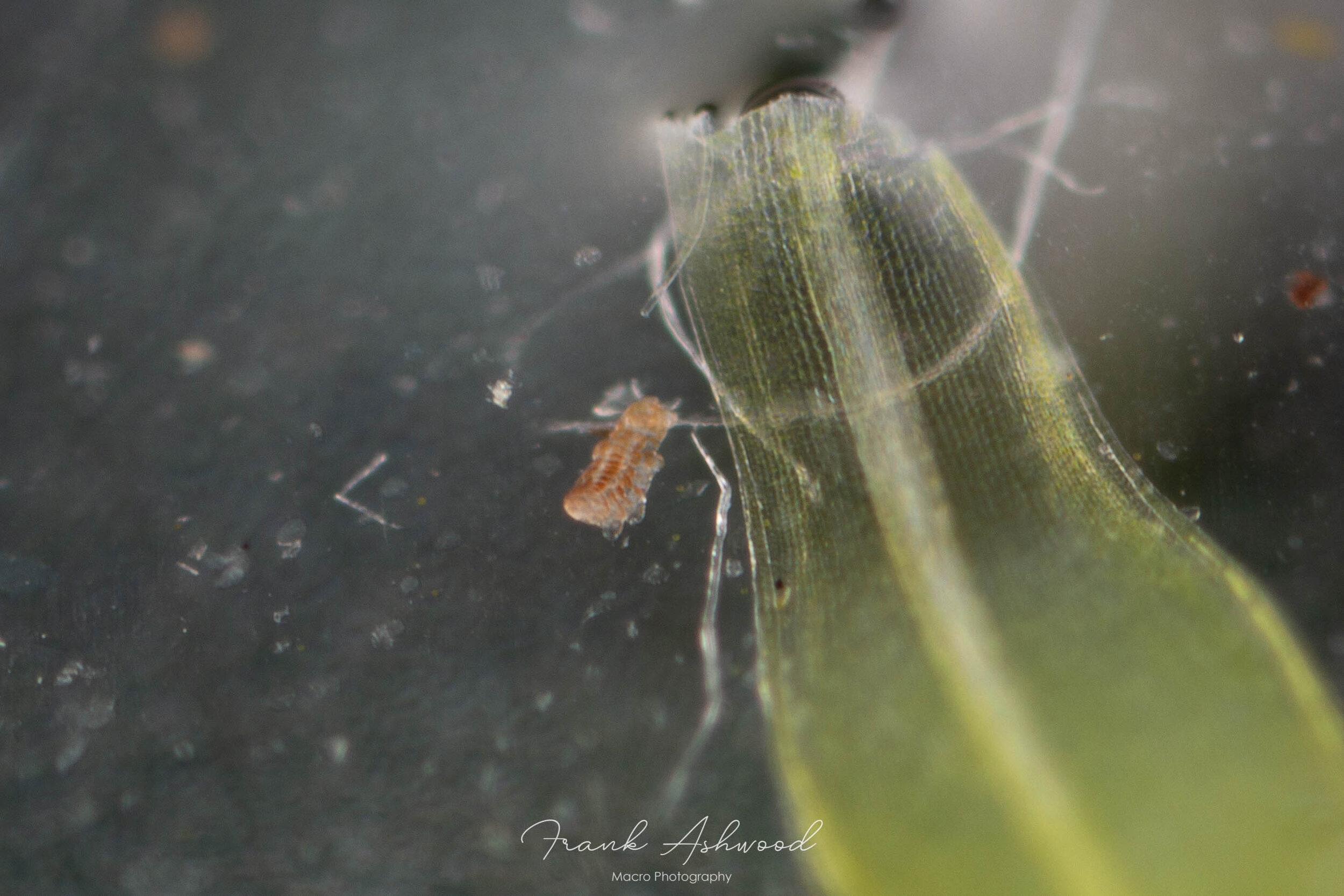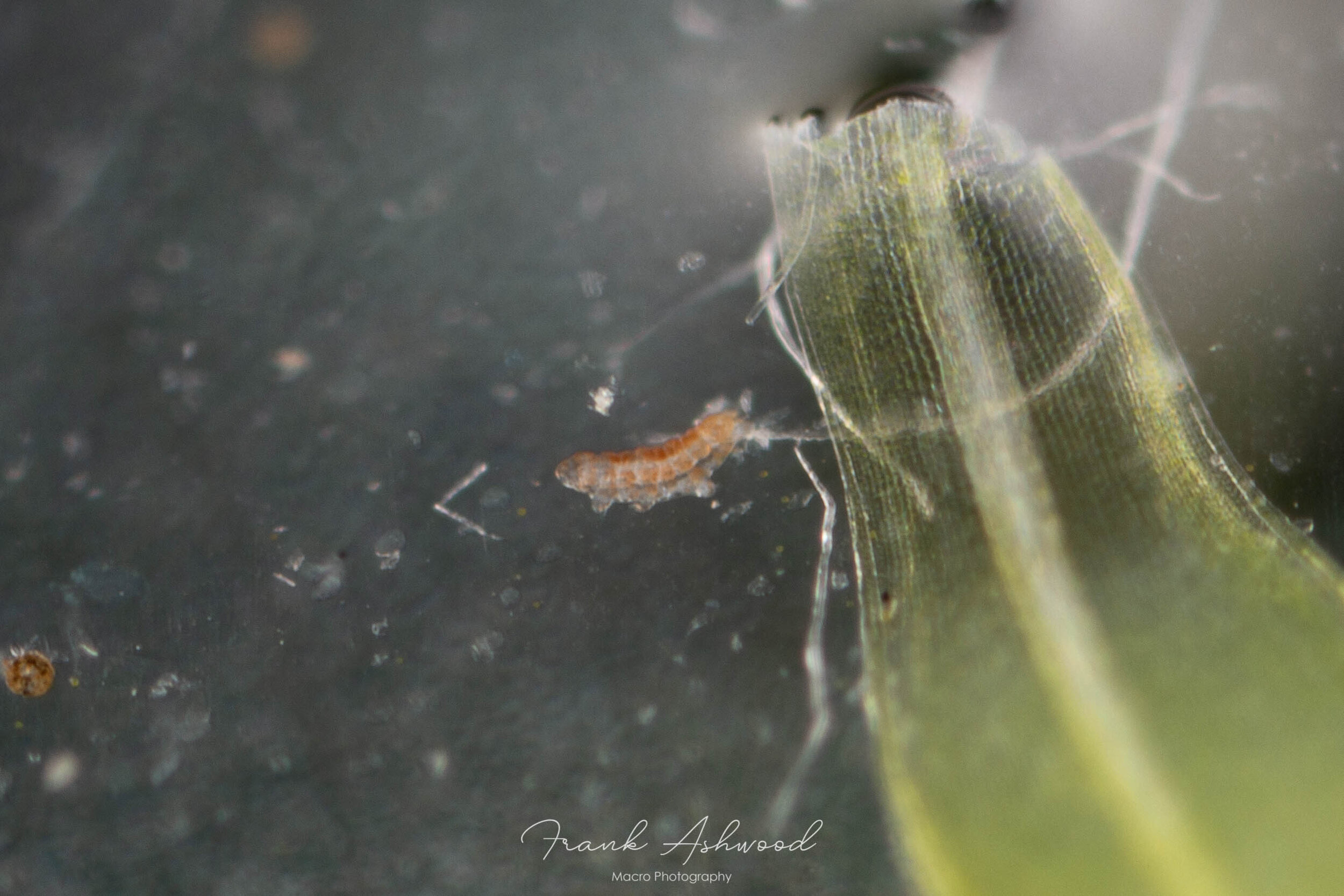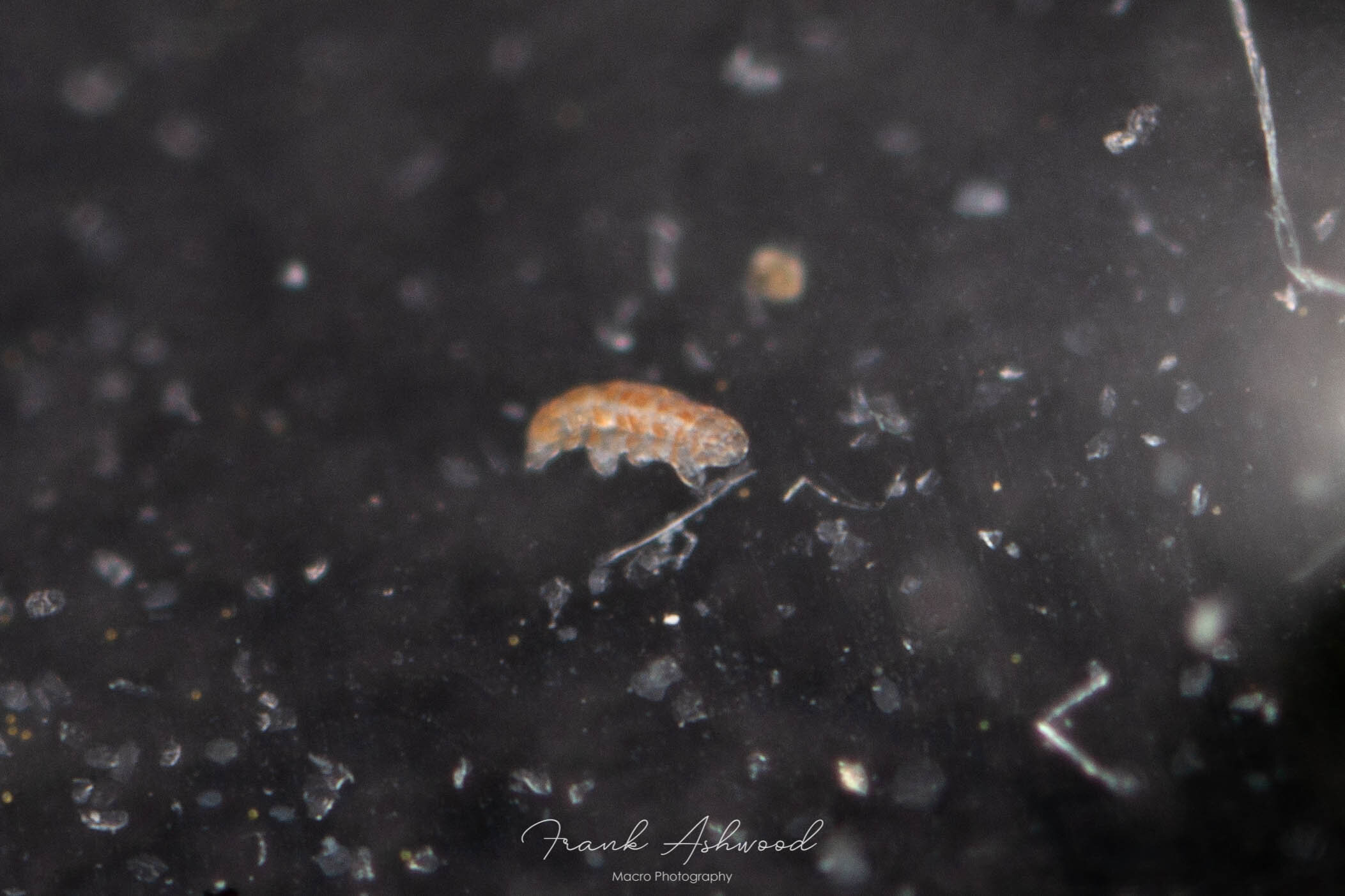Microfauna
Soil microfauna are the tiniest soil organisms (less than 0.1 mm in size), which live in the thin films of water around soil particles and are barely (if at all) visible to the naked eye. Pop a lump of ‘lifeless’ soil in some water and look at it under a microscope, however, and a whole new world of activity becomes visible. If you’re lucky, you’ll see some Tardigrades (or ‘water bears’) swimming ineffectively through the soil solution, in search of bacteria and other microbes to eat. Their adorable, almost comic appearance masks the fact that these are probably the toughest creatures on Earth - able to go into a dormant ‘tun’ state to withstand extreme temperatures, desiccation, radiation, and even the vacuum of space. In fact, due to a spacecraft accident, there’s now a colony of the indestructible creatures on the surface of the moon. Sounds like the start of an excellent sci-fi B-movie to me. In your soil solution you may also see some Protozoa - single celled eukaryotic organisms (such as Amoebas), which feed on microbes such as bacteria. Besides Tardigrades and Protozoa, you’re very likely to see microscopic Nematode worms wiggling around. Nematodes are an incredibly diverse group of organisms, with a variety of feeding strategies - some are bacterivores, others feed on fungi, some are important agricultural pests which parasitize plants, and some even feed on other nematodes! In fact, Nematodes are the most numerous organisms on the planet (it’s estimated that one in five animals on earth is a nematode). The sheer abundance and diversity of nematodes was well summarised by the nematologist (and ‘father of US nematology’) Nathan Cobb as follows:
“In short, if all the matter in the universe except the nematodes were swept away, our world would still be dimly recognizable, and if, as disembodied spirits, we could then investigate it, we should find its mountains, hills, vales, rivers, lakes, and oceans represented by a film of nematodes. The location of towns would be decipherable since, for every massing of human beings, there would be a corresponding massing of certain nematodes. Trees would still stand in ghostly rows representing our streets and highways. The location of the various plants and animals would still be decipherable, and, had we sufficient knowledge, in many cases even their species could be determined by an examination of their erstwhile nematode parasites.”
For more information on these wonderful and mysterious micro-animals, I recommend visiting the GSBI Atlas online.

Eutardigrade entering tun state

Eutardigrade entering tun state

Eutardigrade entering tun state

Heterotardigrade swimming

Heterotardigrade swimming

Heterotardigrade swimming

Heterotardigrade swimming